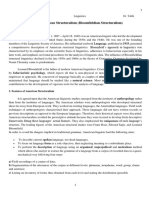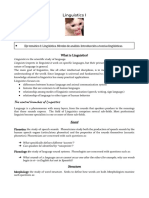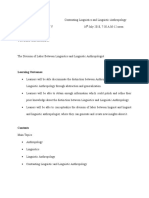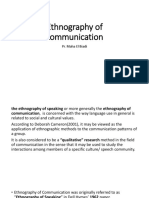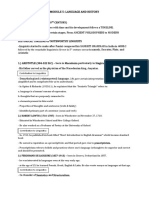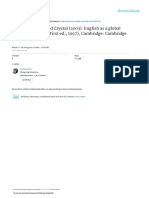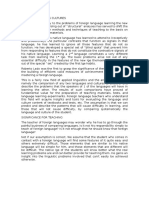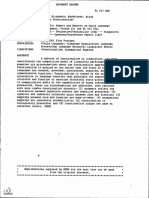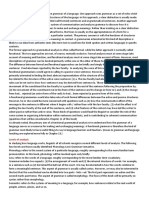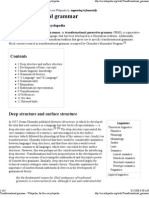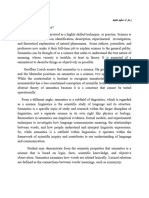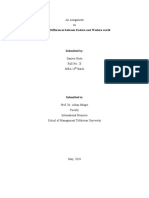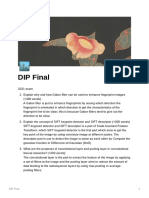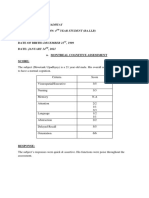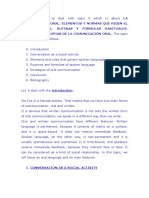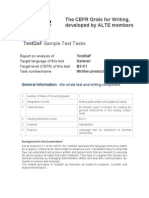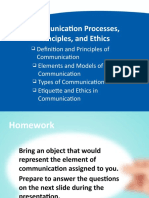100% found this document useful (1 vote)
250 views25 pagesLingg 206: Grammatical Analysis I Angelina A. Aquino
This document provides an overview of structural linguistics, covering key figures and concepts from the European and American traditions. It discusses Saussure's foundational work establishing structuralism and the sign. Subsequent European schools that developed include the Geneva, Prague, and Copenhagen schools. The American tradition began with anthropological research by Boas and Sapir and was advanced by Bloomfieldian structural linguistics. Post-Bloomfieldian linguists like Harris, Hockett, and Pike further developed the field. Structuralist frameworks were also applied to the analysis of Philippine languages.
Uploaded by
AkinoTenshiCopyright
© © All Rights Reserved
We take content rights seriously. If you suspect this is your content, claim it here.
Available Formats
Download as PDF, TXT or read online on Scribd
100% found this document useful (1 vote)
250 views25 pagesLingg 206: Grammatical Analysis I Angelina A. Aquino
This document provides an overview of structural linguistics, covering key figures and concepts from the European and American traditions. It discusses Saussure's foundational work establishing structuralism and the sign. Subsequent European schools that developed include the Geneva, Prague, and Copenhagen schools. The American tradition began with anthropological research by Boas and Sapir and was advanced by Bloomfieldian structural linguistics. Post-Bloomfieldian linguists like Harris, Hockett, and Pike further developed the field. Structuralist frameworks were also applied to the analysis of Philippine languages.
Uploaded by
AkinoTenshiCopyright
© © All Rights Reserved
We take content rights seriously. If you suspect this is your content, claim it here.
Available Formats
Download as PDF, TXT or read online on Scribd
/ 25
